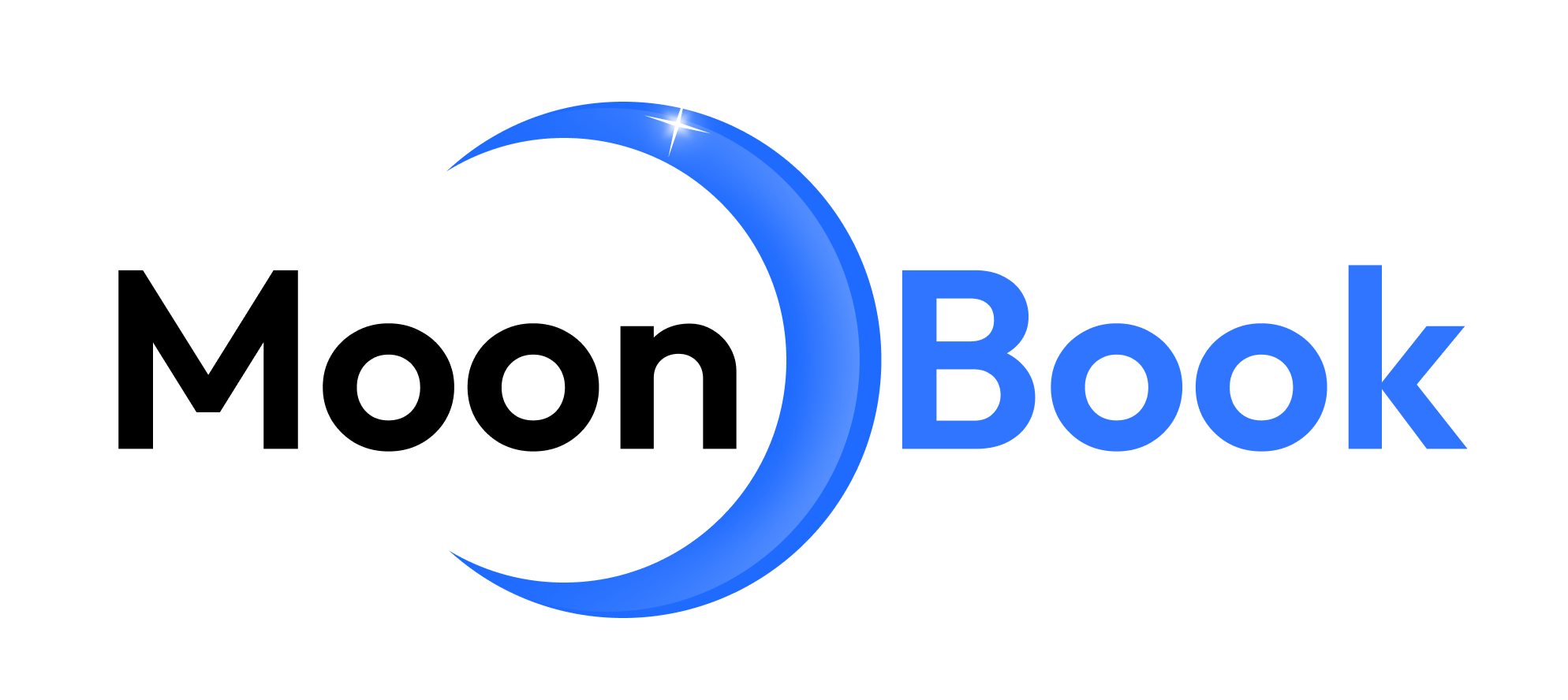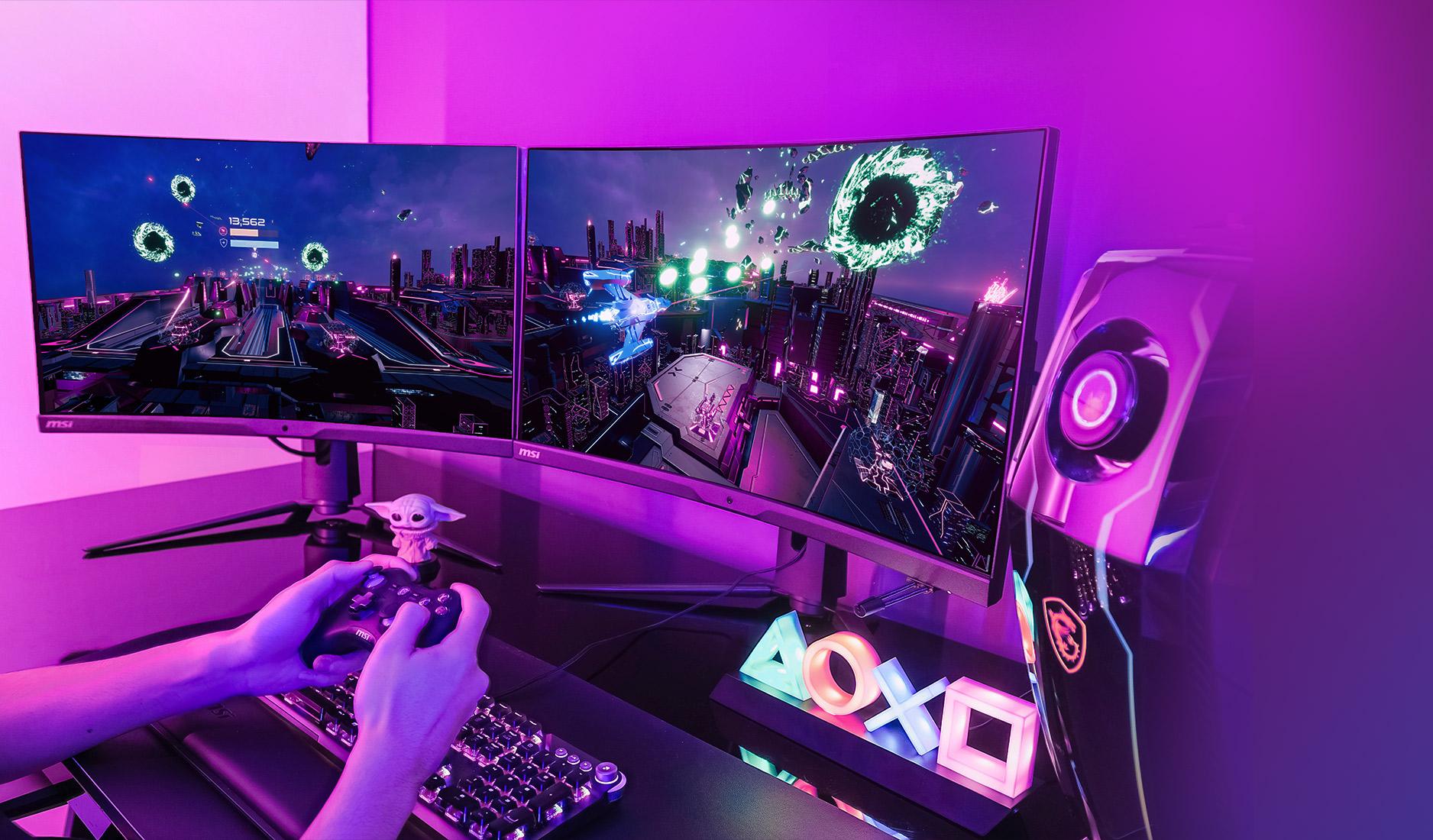A central element of any US-focused Gamer Forecast is an analysis of the competitive dynamics between the three major gaming platforms: console, PC, and mobile. The United States market has a unique platform distribution compared to the rest of the world. While mobile gaming has the largest number of players, the console platform remains the king in terms of revenue generation, with the high upfront cost of premium games ($70) and significant spending on in-game content for blockbuster titles. The PC gaming market, centered around platforms like Steam, is a large and highly dedicated segment, often seen as the home for the most graphically demanding games and the most competitive esports scenes. This console and PC-heavy market structure is a key point of contrast with the massive markets in the APAC region, which are overwhelmingly mobile-first. Understanding the relative strength and strategic direction of each platform in the US is crucial for forecasting future industry trends and revenue shifts.
Key Players
The key players in the US platform wars are clearly defined. In the console space, the market is a long-standing and intense three-way rivalry between Sony, with its market-leading PlayStation 5, Microsoft, with its Xbox Series X/S and its disruptive Game Pass strategy, and Nintendo, which has carved out a massive and unique niche with its hybrid handheld/home console, the Switch. In the PC gaming space, Valve Corporation is the dominant key player with its Steam platform, which is the primary digital storefront and social network for millions of PC gamers. It faces growing competition from the Epic Games Store, which has aggressively tried to gain market share through free game giveaways and exclusive titles. In the mobile space, the key players are the platform owners themselves, Apple and Google. They control the App Store and Google Play, respectively, acting as the gatekeepers and taking a significant commission on all game sales and in-app purchases made on their platforms.
Future in "Gamer Forecast"
The future of the platform wars in the United States will be a story of blurring lines and the rise of a new, platform-agnostic paradigm. The first major future trend is the universal adoption of "cross-play" and "cross-progression." The walled gardens between the different console platforms are breaking down, and it is becoming a standard expectation that a user can play a game with their friends regardless of whether they are on a PlayStation, Xbox, or PC, and that their progress will carry over between devices. The second major future trend is the rise of cloud gaming as a potential new platform that transcends traditional hardware. Services like Xbox Cloud Gaming and NVIDIA's GeForce NOW allow users to stream high-end games to any device, from a low-powered laptop to a smartphone. While still a niche market, the long-term vision is to make the hardware you own irrelevant. This move towards a more open, interconnected, and hardware-agnostic future is a profound shift that is being pioneered in the technologically advanced US market.
Key Points "Gamer Forecast"
The US gaming market is characterized by a strong console and PC gaming culture, making it distinct from the mobile-first APAC region. The key players are the major console manufacturers (Sony, Microsoft, Nintendo), PC distribution platforms (Steam), and the mobile app store owners (Apple, Google). The future will be defined by the blurring of lines between platforms, with cross-play becoming standard and cloud gaming emerging as a new, hardware-agnostic way to play. The competition is evolving from a battle between boxes to a battle for ecosystem loyalty. The Gamer Forecast is projected to grow to USD 1050.26 Billion by 2035, exhibiting a CAGR of 13.19% during the forecast period 2025-2035.
Top Trending Reports -
US Contact Center Analytics Industry



